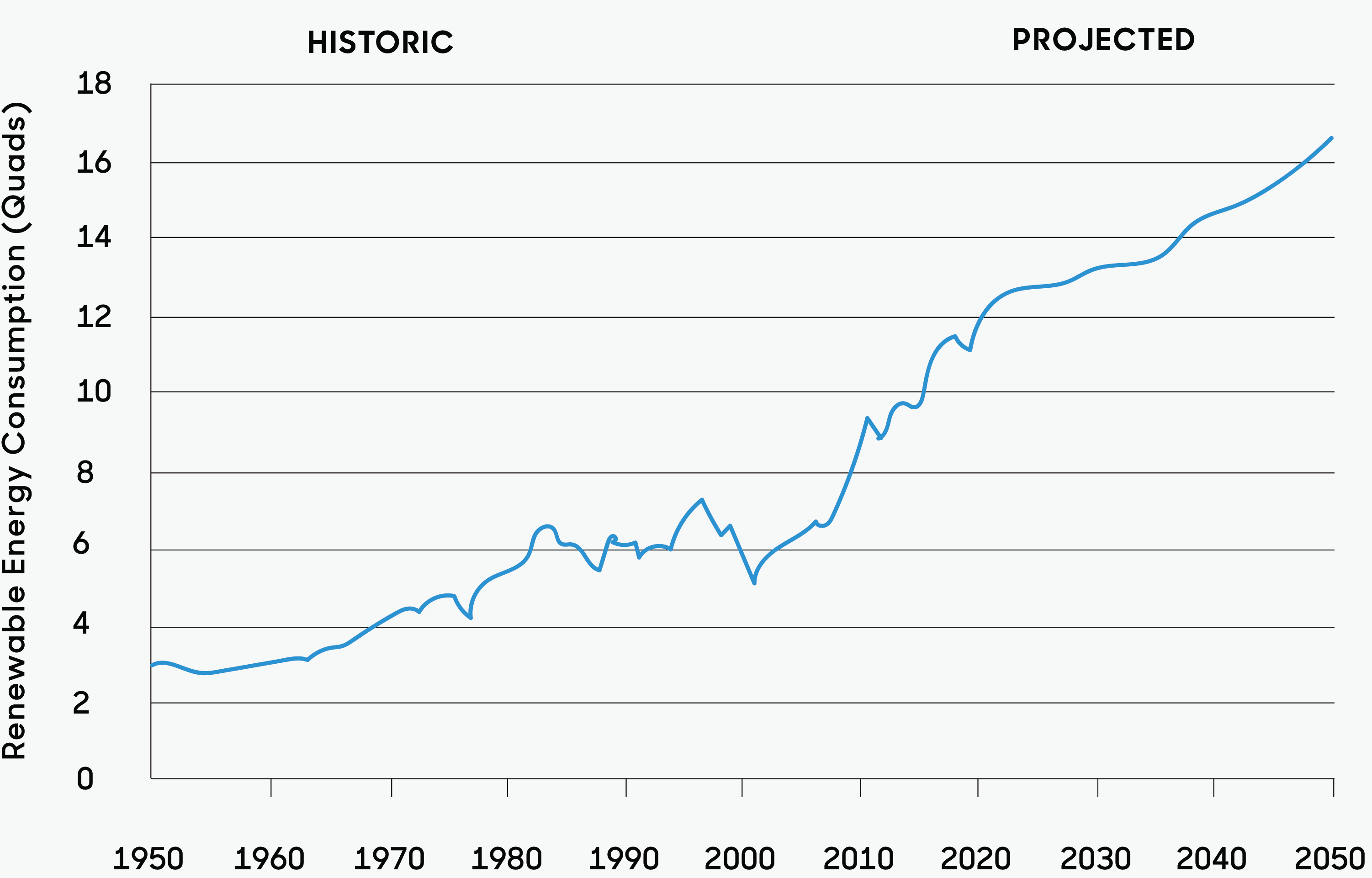


Solar energy provides positive impacts for the environment and cuts energy costs significantly. Although solar is about 90% cheaper than 10 years ago, to promote its continued growth, many states, counties, municipalities and utilities are providing solar tax breaks and financial incentives to make solar more affordable to homeowners.
State Solar incentives differ between states and utility providers. So, what incentives are you eligible for? Take a look at the top programs and rebates available in the U.S.
THE Solar Energy MARKET
 The EIA expects an addition of 42 gigawatts (GW) of new capacity to launch commercial operations by 2020. Solar and wind account for nearly 76% of these additions.
The EIA expects an addition of 42 gigawatts (GW) of new capacity to launch commercial operations by 2020. Solar and wind account for nearly 76% of these additions. More than half of the solar PV capacity additions to the utility-scale electricity sector will be in four states: Texas 22%, California 15%, Florida 11%, and South Carolina 10%.
More than half of the solar PV capacity additions to the utility-scale electricity sector will be in four states: Texas 22%, California 15%, Florida 11%, and South Carolina 10%. The size of the U.S. Solar Panel Market is projected to reach USD 22.90 billion by 2025.
The size of the U.S. Solar Panel Market is projected to reach USD 22.90 billion by 2025. The residential solar market achieved an all-time record with installed capacity of 71.3 GW in 2019, enough to power 13.5 million homes.
The residential solar market achieved an all-time record with installed capacity of 71.3 GW in 2019, enough to power 13.5 million homes. The share of renewable energy generation is expected to grow from 17% in 2019 to 19% this year and to 22% in 2021.
The share of renewable energy generation is expected to grow from 17% in 2019 to 19% this year and to 22% in 2021.
WHAT INCENTIVES ARE THERE FOR Solar Panels?

A solar tax credit, known as the investment tax credit (ITC), is offered by the federal government and allows homeowners and companies to subtract a portion of their solar costs from their taxes.

Several states offer additional tax credits to have a solar panel system installed. Similar to the federal ITC, you can deduct part of your solar panel system's expense from your State tax bill.

Your state, municipality, utility company, or other agencies that want to promote solar energy can sometimes earn you a cash rebate, and they can help reduce your system costs by 10 to 20 %.

In some states, legislation requires utilities to produce some part of their energy from solar power. When you live in one of these states, your devices will create solar renewable energy certificates (SRECs) for the amount of electricity your solar panel systems produce.

Some states or utilities give performance-based incentives (PBIs), which pay owners of solar energy systems a credit per kilowatt-hour for the electricity produced by their systems.


All local and state rebates, incentives, and tax breaks work differently, providing you with a type of cost support based on the generation of energy, one-time rebates, or credits over time, which can potentially make solar practically free.
Here are the incentive programs available by state and how they can assist you.









































































While just a decade ago predictions were negative, renewable electricity resources are increasing faster than anticipated and could increase by even 50 percent in the next five years. This significant growth is not only driven by the global boom in solar power and it’s benefits for the environment, but also by the appealing solar tax rebates and government-supplied offers, easily available solar energy financing options, and significant savings experienced by users.



The Solar Investment Tax Credit (ITC) was created during the George W. Bush administration, and it has become the most significant public policy for the solar power industry. The Implementation of the ITC has radically changed the solar industry, not only by making solar energy more affordable for residents, but also by improving employment opportunities.
The solar tax credit for 2020 is 26%. For projects that begin construction in 2021, the ITC will step down to 22% and decrease to zero for residential after December 31, 2021.

